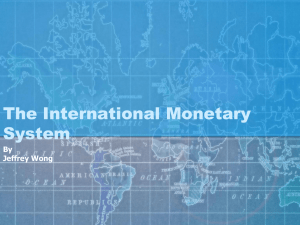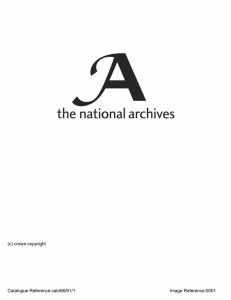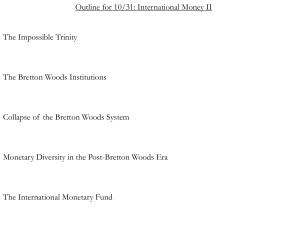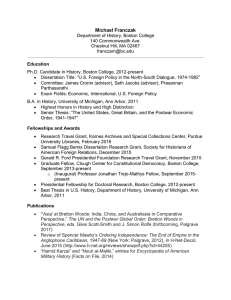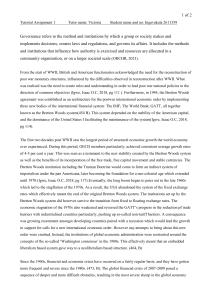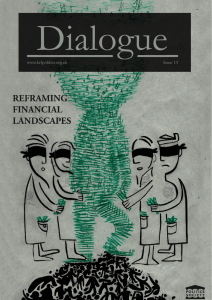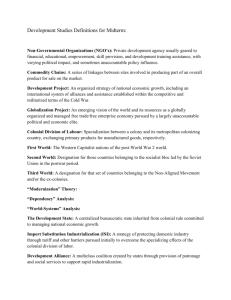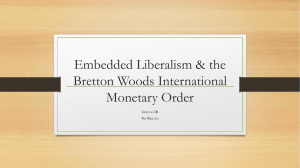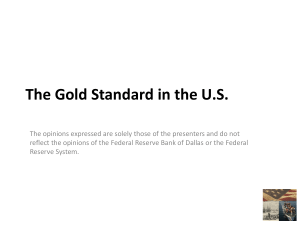Abstract
advertisement
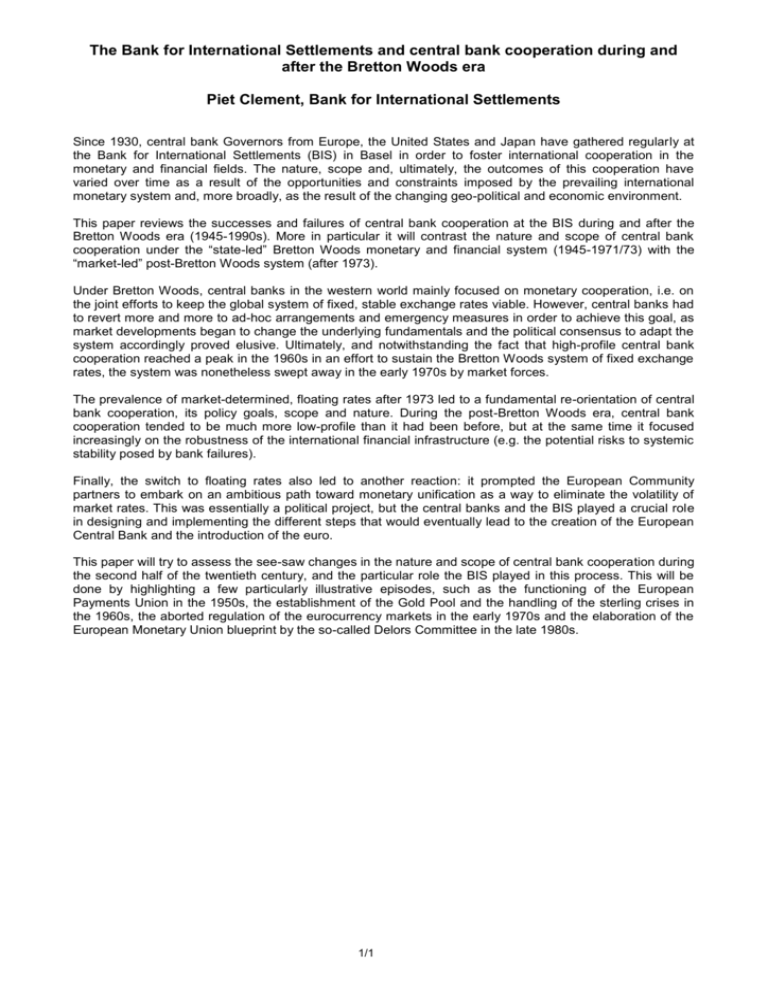
The Bank for International Settlements and central bank cooperation during and after the Bretton Woods era Piet Clement, Bank for International Settlements Since 1930, central bank Governors from Europe, the United States and Japan have gathered regularly at the Bank for International Settlements (BIS) in Basel in order to foster international cooperation in the monetary and financial fields. The nature, scope and, ultimately, the outcomes of this cooperation have varied over time as a result of the opportunities and constraints imposed by the prevailing international monetary system and, more broadly, as the result of the changing geo-political and economic environment. This paper reviews the successes and failures of central bank cooperation at the BIS during and after the Bretton Woods era (1945-1990s). More in particular it will contrast the nature and scope of central bank cooperation under the “state-led” Bretton Woods monetary and financial system (1945-1971/73) with the “market-led” post-Bretton Woods system (after 1973). Under Bretton Woods, central banks in the western world mainly focused on monetary cooperation, i.e. on the joint efforts to keep the global system of fixed, stable exchange rates viable. However, central banks had to revert more and more to ad-hoc arrangements and emergency measures in order to achieve this goal, as market developments began to change the underlying fundamentals and the political consensus to adapt the system accordingly proved elusive. Ultimately, and notwithstanding the fact that high-profile central bank cooperation reached a peak in the 1960s in an effort to sustain the Bretton Woods system of fixed exchange rates, the system was nonetheless swept away in the early 1970s by market forces. The prevalence of market-determined, floating rates after 1973 led to a fundamental re-orientation of central bank cooperation, its policy goals, scope and nature. During the post-Bretton Woods era, central bank cooperation tended to be much more low-profile than it had been before, but at the same time it focused increasingly on the robustness of the international financial infrastructure (e.g. the potential risks to systemic stability posed by bank failures). Finally, the switch to floating rates also led to another reaction: it prompted the European Community partners to embark on an ambitious path toward monetary unification as a way to eliminate the volatility of market rates. This was essentially a political project, but the central banks and the BIS played a crucial role in designing and implementing the different steps that would eventually lead to the creation of the European Central Bank and the introduction of the euro. This paper will try to assess the see-saw changes in the nature and scope of central bank cooperation during the second half of the twentieth century, and the particular role the BIS played in this process. This will be done by highlighting a few particularly illustrative episodes, such as the functioning of the European Payments Union in the 1950s, the establishment of the Gold Pool and the handling of the sterling crises in the 1960s, the aborted regulation of the eurocurrency markets in the early 1970s and the elaboration of the European Monetary Union blueprint by the so-called Delors Committee in the late 1980s. 1/1
